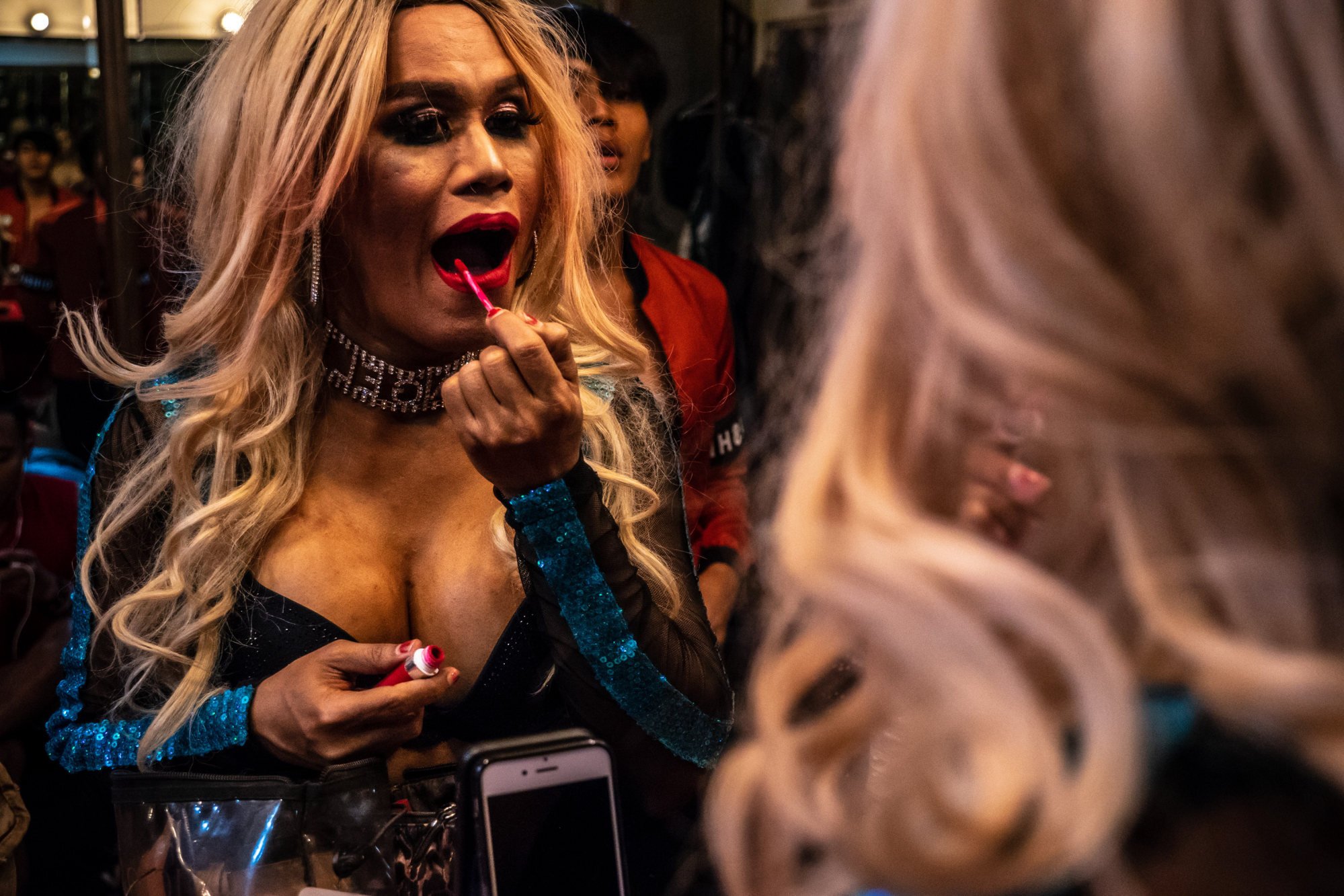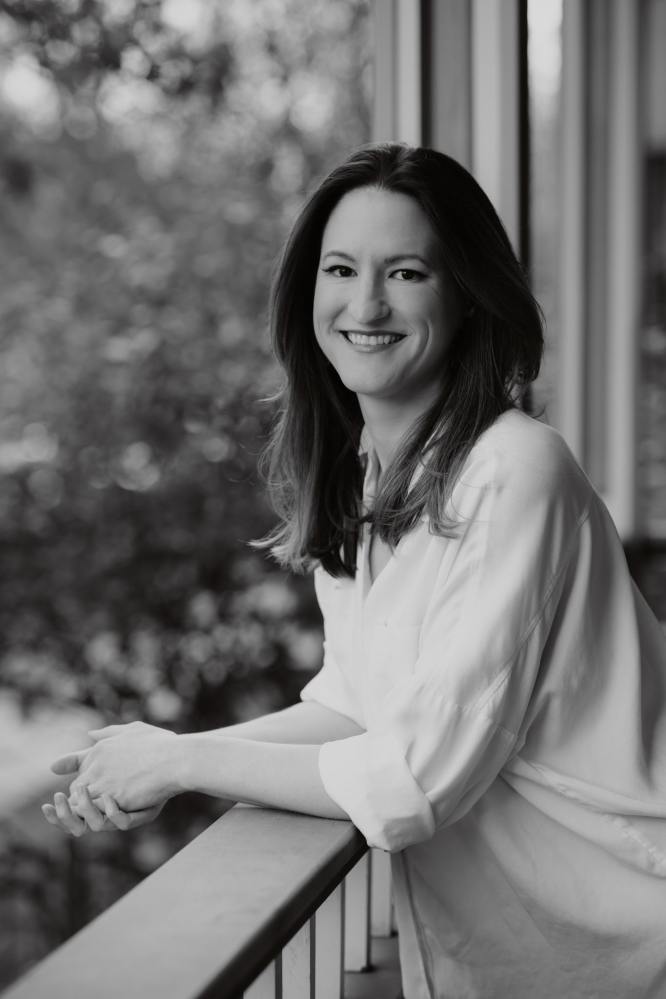
Review | The meaning of make-up and why it’s far from a frivolous enhancement
- Author Rae Nudson has taken a deep dive into beauty culture and its history. Her conclusion: make-up should not be underestimated as a force for change
- She ranges across issues from the vapid cosmetic questions the first American woman in space was asked, to Hong Kong domestic helpers denied the use of make-up
All Made Up: The Power and Pitfalls of Beauty Culture, from Cleopatra to Kim Kardashian, by Rae Nudson, pub. Beacon Press
In All Made Up, Rae Nudson does a deep dive into subjects that might not seem, at first sight, to have much to do with how women choose their eyeshadow. But in crafting the book, the Chicago-based journalist, who reports on beauty, fashion and pop culture, connects the dots linking anthropology, gender politics, labour laws, sexual mores and racism, and correlates them with the gargantuan industry that is beauty.
The result is a compelling read that proves make-up is not, nor has it ever been, just about gloss and glamour. This is an industry, after all, that is evidently predicated on superficiality and vanity. Cosmetics, convention might dictate, are not necessary for survival. They do not sustain life. They are dispensable.
Yet while Nudson does not set out to challenge that notion head on, she does persuade the reader to think about make-up differently, to question whether we need it, what it means to cultures around the world and how it has evolved. Essentially, the book serves to validate the existence of products long held as frivolous. With reams of research at her fingertips, Nudson proves that make-up is anything but.

In her introductory chapter, “Why We Need to Talk About Makeup”, Nudson asserts that cosmetics are not just about colour and texture, but that how or whether someone is done up speaks volumes about them.
“Appearance matters because as soon as someone steps into view, they send visual signals that could trigger unconscious judgments,” she writes. “People may not be aware of what they are presenting to others, but those signals may affect people’s lives in big and small ways every day […] No one can stop themselves from being seen.”
At times, the text takes a surprising turn. Charting the impact that make-up has had in history or in Hollywood is one thing, and almost expected in material like this. However, Nudson reveals surprising facts, such as how even in the early 1900s, female prisoners in Milan would find a way to have a little colour in their cheeks (by, as it turns out, soaking red thread from a prison uniform in water and using that as a rudimentary blush).
There are anecdotes about how Sally Ride, the first American woman to go to space, was asked vapid questions before she went up on the Challenger in 1983 – largely around what was going to be in her make-up kit.
“They didn’t care how well-prepared I was to operate the arm or deploy communications satellites,” she told activist Gloria Steinem after her mission.

“A domestic worker ended up desexualised and plain to be allowed to work in a home, often under the control of another woman,” Nudson writes, citing Constable’s book, which also provided telling context from employers, one of whom said, “She’s only a maid; she doesn’t have to use makeup.”
Much of Nudson’s research has a “pulled from the headlines” feel to it, rendering it relevant at a time when issues of gender and diversity are at the forefront of the news. In the chapter titled “Too Few Shades”, she discusses the racism entrenched in the beauty industry, where the focus has long been on creating products for white people.

In “Safety Not Guaranteed”, the author addresses the harassment and violence experienced by those in the transgender community, and underscores that trans women use make-up to hide their masculinity. She talks about trends such as contouring, the rise of unboxing videos on YouTube, and the might of Kim Kardashian, whose look has been emulated countless times.
Fundamentally, Nudson’s message is that make-up should not be underestimated as a force for change, as an art form, as a striking and indelible visual medium. As she concludes: “Suddenly, such a little tool can mean the difference between acceptance and defiance, independence and conformity, and, sometimes, life and death.”











